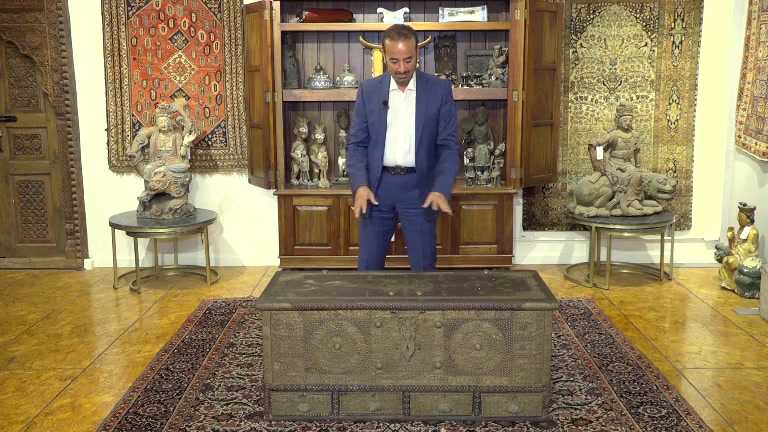Fascinating Antiquities with your host Michael Kourosh on Design Santa Barbara
On this episode of Design Santa Barbara we dedicate several fascinating Antiquities with your host Michael Kourosh.
TRICLINIUM RUG
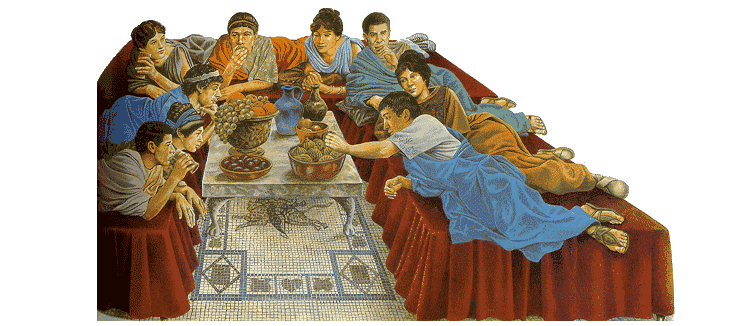
This first piece is a triclinium rug, originally used for an audience room made of two long runners and multiple rugs that people used to feast on and have parties on for the king and queen.
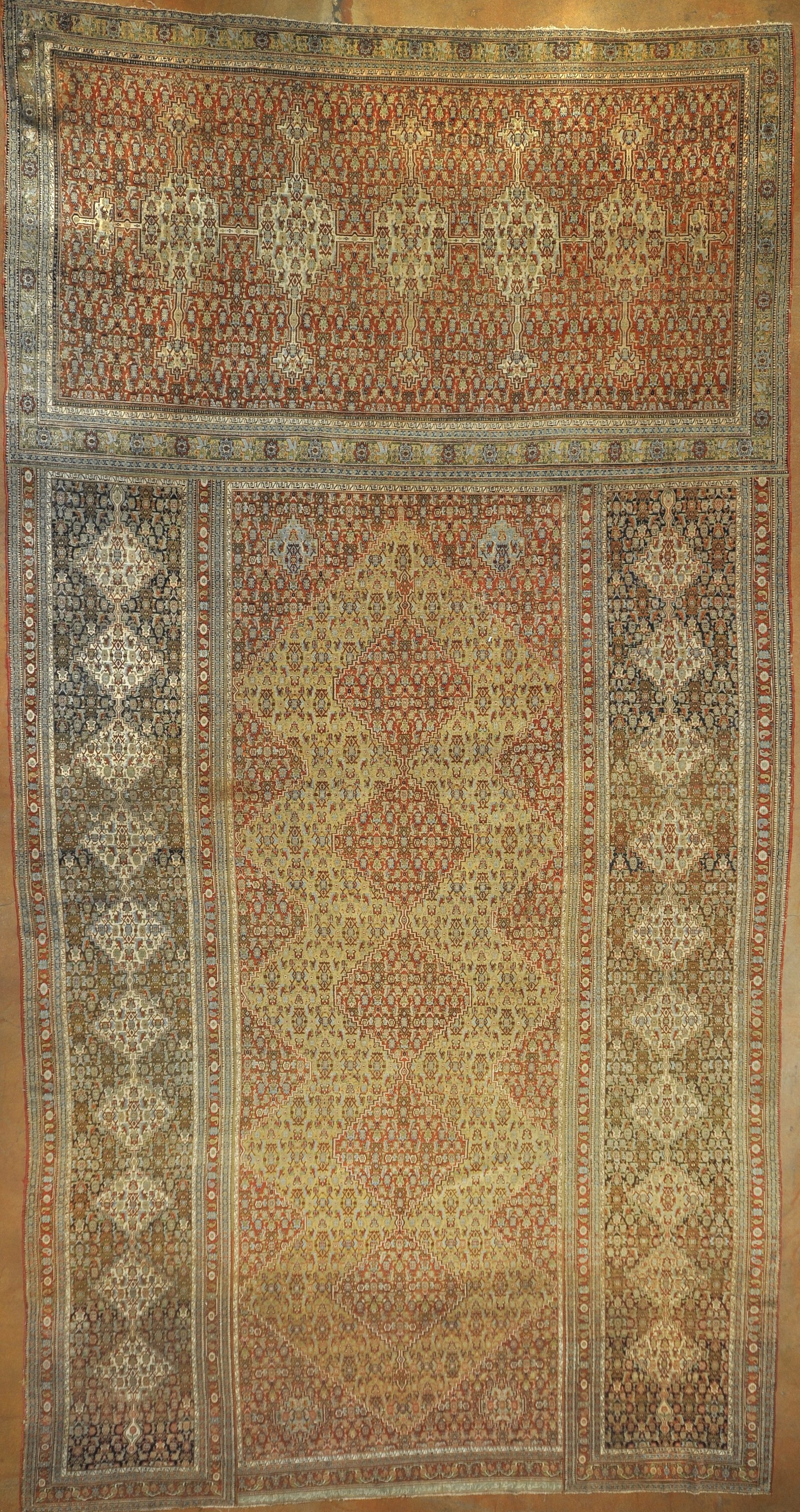
This rug in-particular was gifted to Naser al-Din Shah in 1875 for his 44th birthday with a Kurdish weave. At the bottom of this unique rug you see his name , and the date it was woven.
Naser al-Din Shah
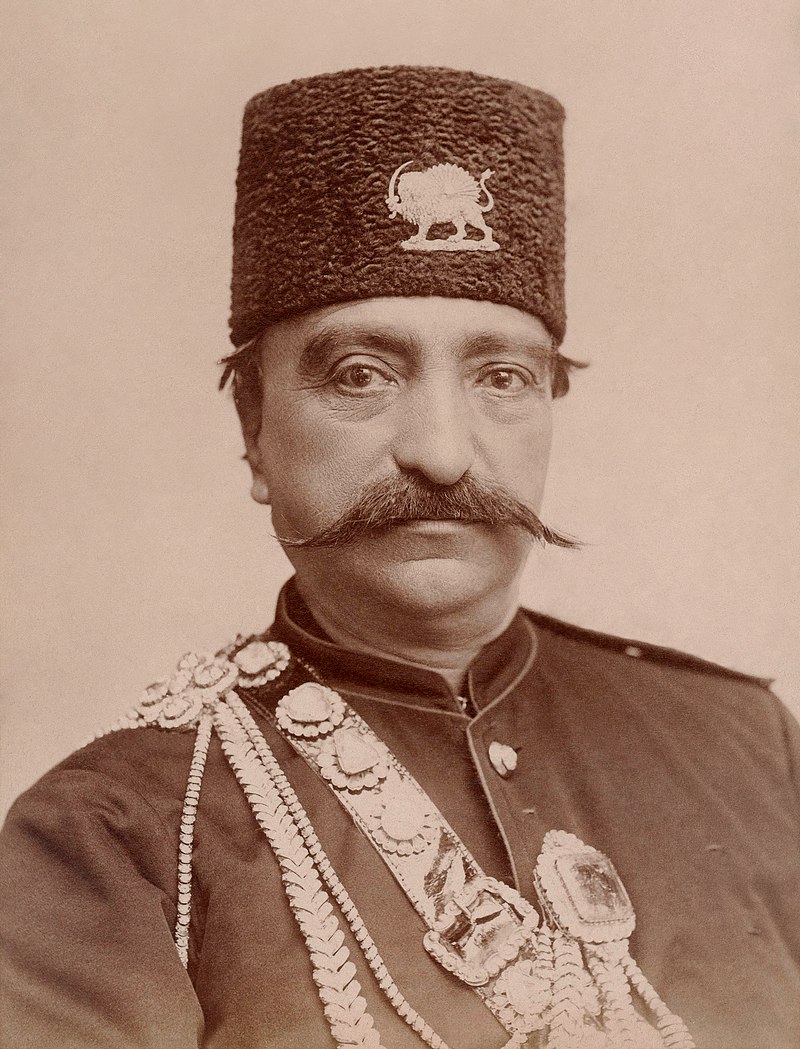
Naser al-Din Shah (16 July 1831 – 1 May 1896) was the Shah of Qajar Iran from 5 September 1848 to 1 May 1896 when he was assassinated. He was the son of Mohammad Shah Qajar and Malek Jahān Khānom and the third longest reigning monarch in Iranian history after Shapur II of the Sassanid dynasty and Tahmasp I of the Safavid Dynasty. Nasser al-Din Shah had sovereign power for close to 50 years. He was the first modern Persian monarch who formally visited Europe and also wrote his memoirs.
ANTIQUE TRAVEL TRUNK

The next antiquity is this stunning travel trunk that goes back hundreds of years. Mainly used to hold food, clothing, or personal treasures when traveling. These antique trunks eventually went out of style as the modern suitcases gained popularity, but trunks still hold high regard in interior design and goes for thousands of dollars.
ZANZIBAR TRUNK

This unique 19th century zanzibar trunk is made from crafted brass work.
MUGHAL GATE

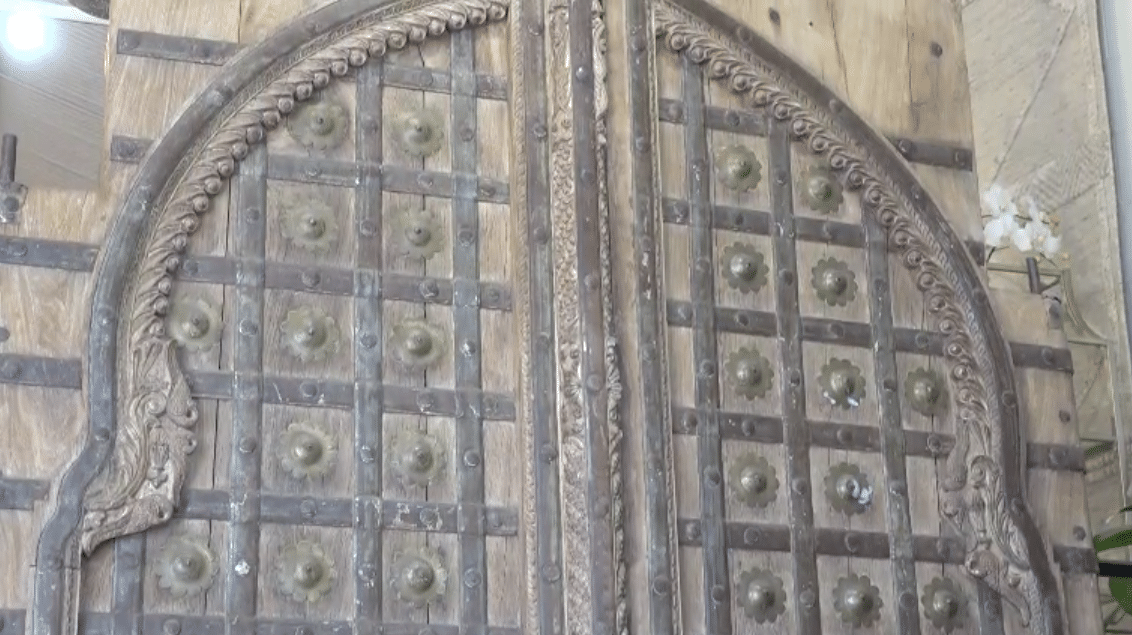
This antiquity in-particular was made for the outside gates of a summer garden. Handcrafted from teak and brass design. Featuring one big gate for people passing through with horse, and smaller gates for servants or people going in to deliver goods.
11th Century silk textile
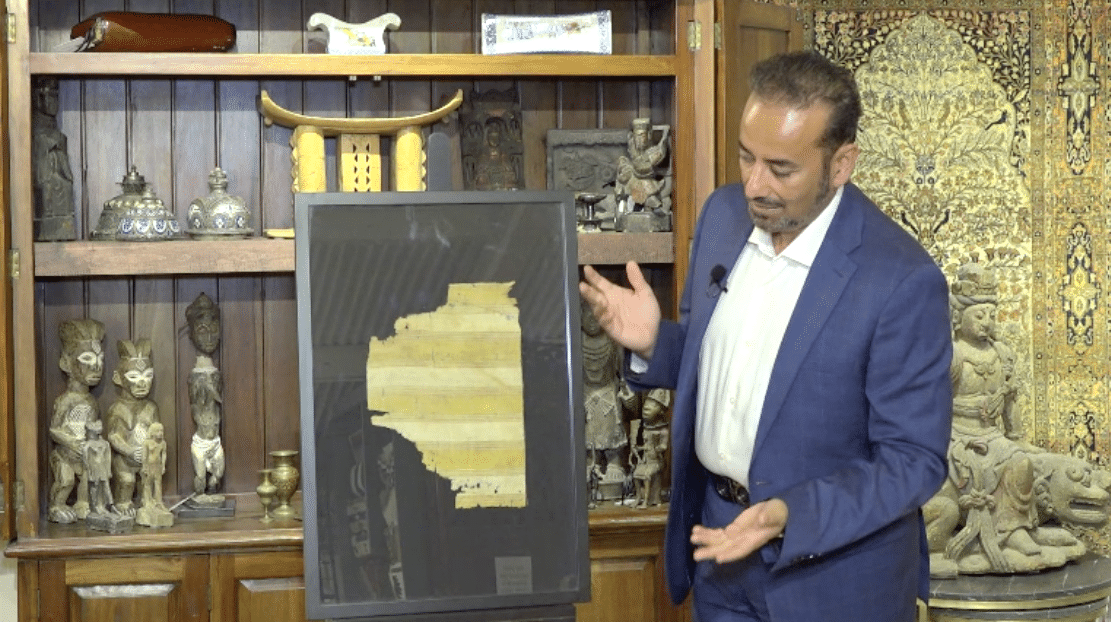
The final antiquity is this fine example of the 11th Century silk textile. The textile is defined as a flexable material that interlock from yarn or thred.
The production of silk originated in Neolithic period China within the Yangshao culture (4th millennium BC). Though it would later reach other places in the world, the art of silk production remained confined to China until the Silk Road opened at some point during the latter part of the 1st millennium BC, though China maintained its virtual monopoly over silk production for another thousand years. The use of silk within China was not confined to clothing alone, and silk was used for a number of applications, such as writing. Within clothing, the color of silk worn also held social importance, and formed an important guide of social class during the Tang dynasty.
